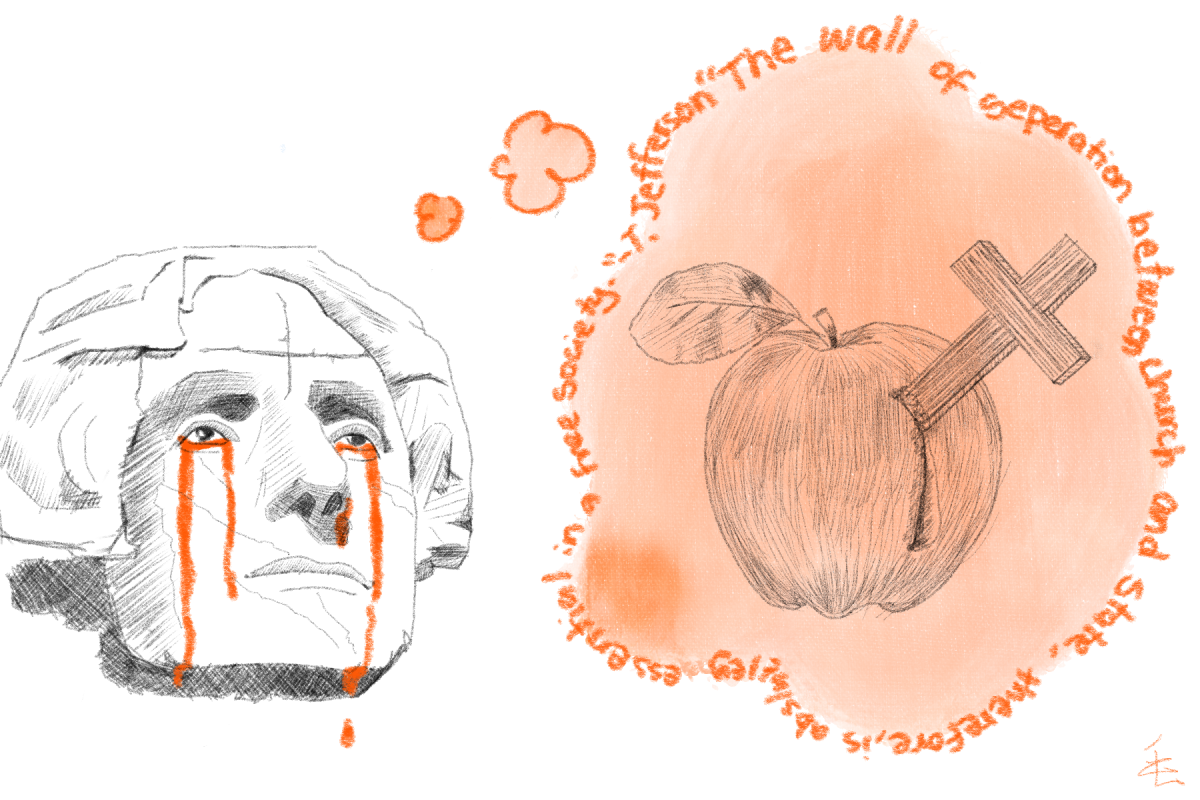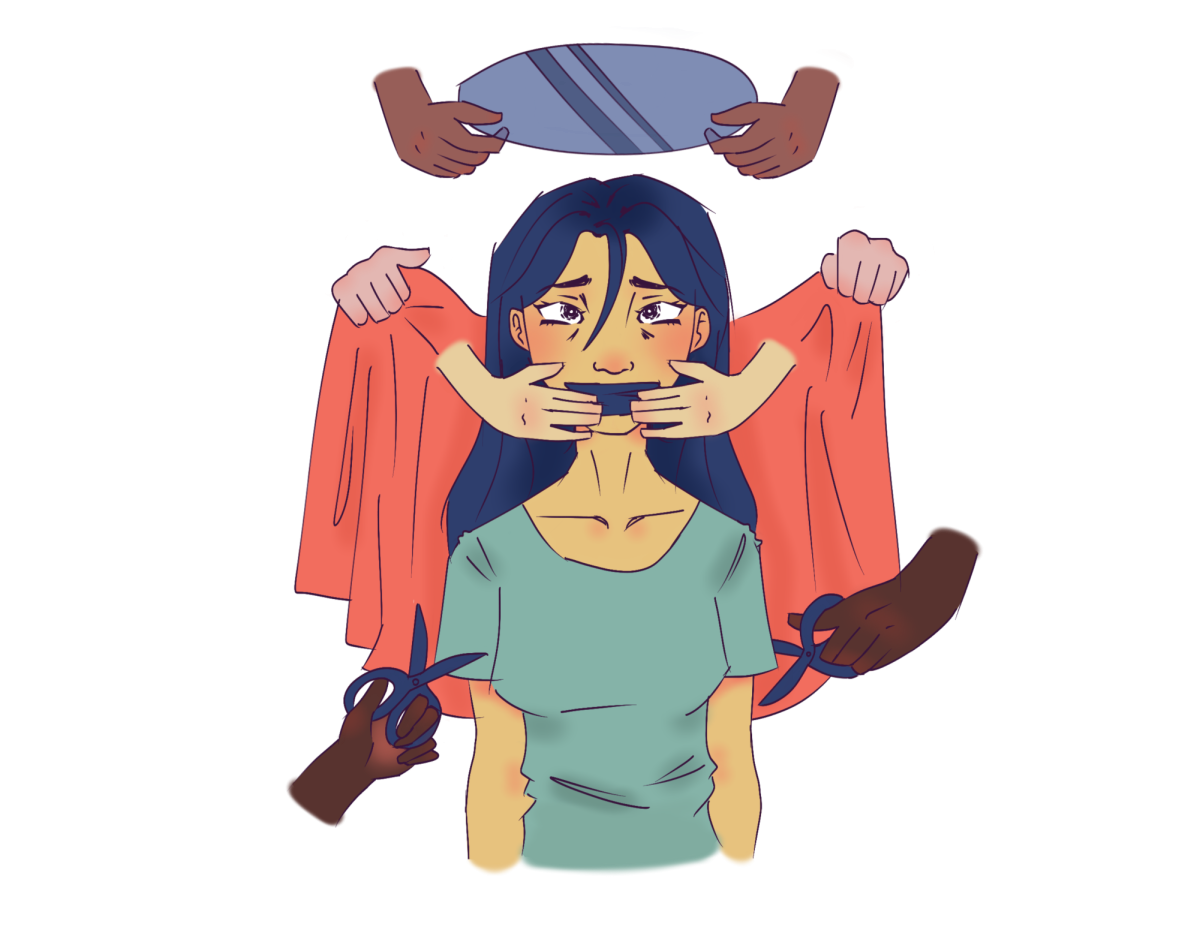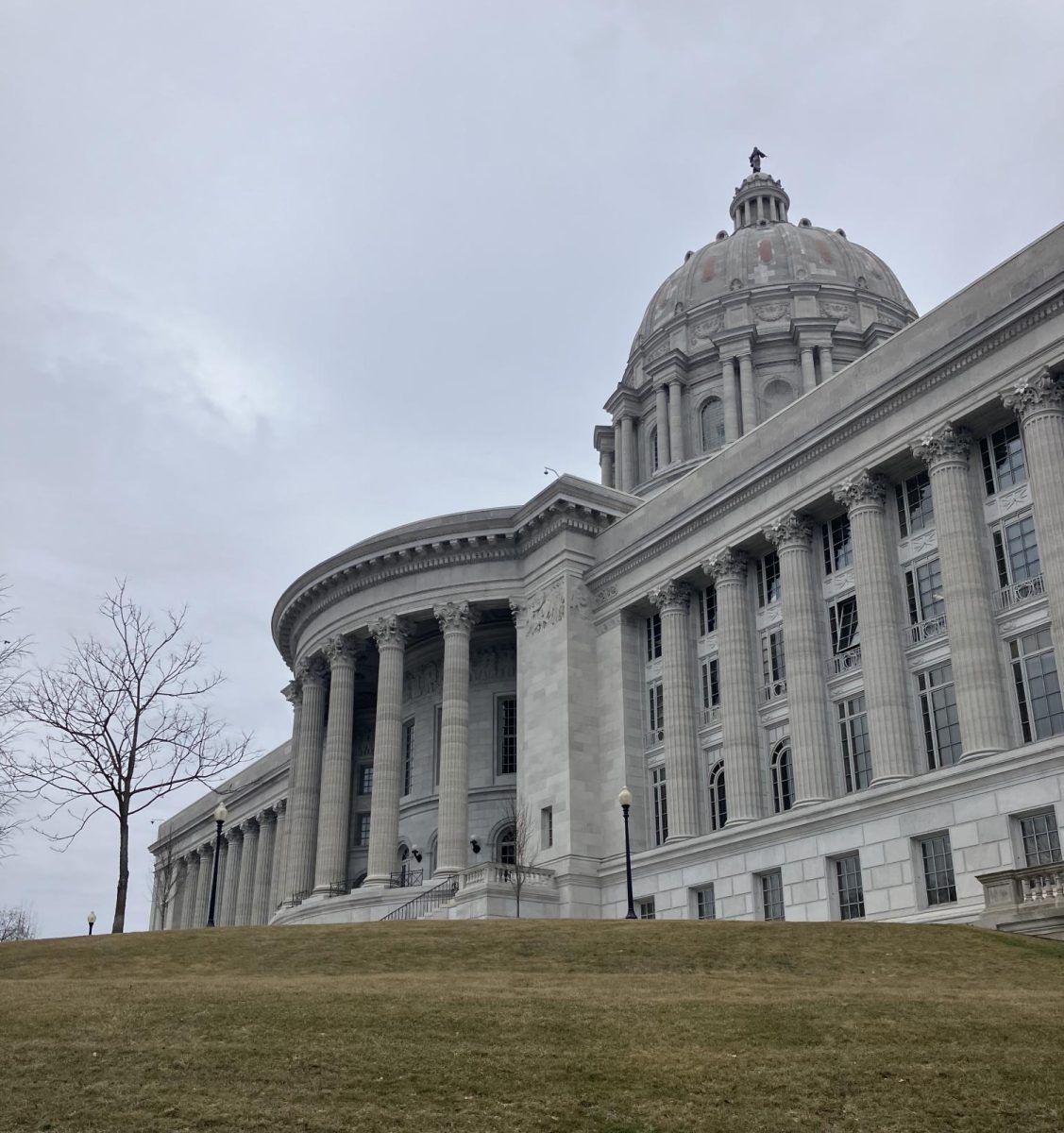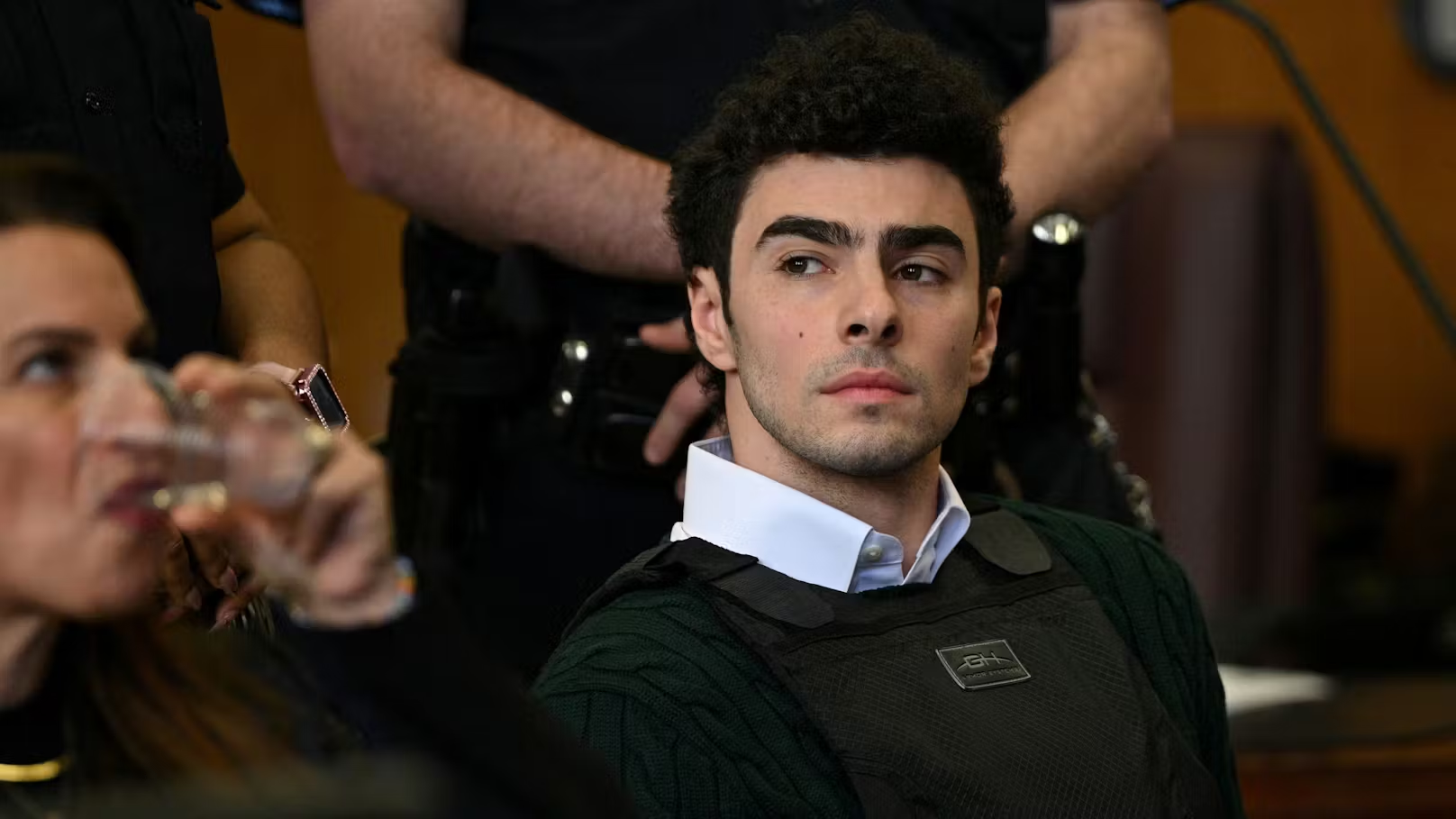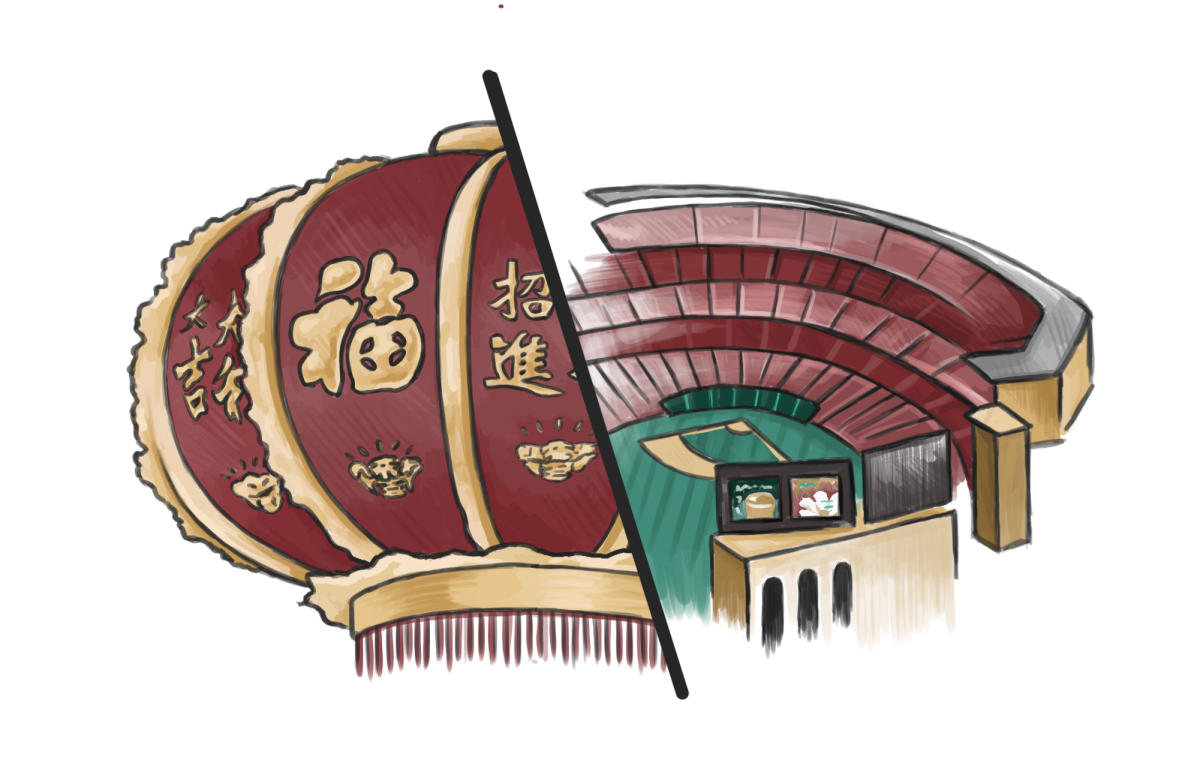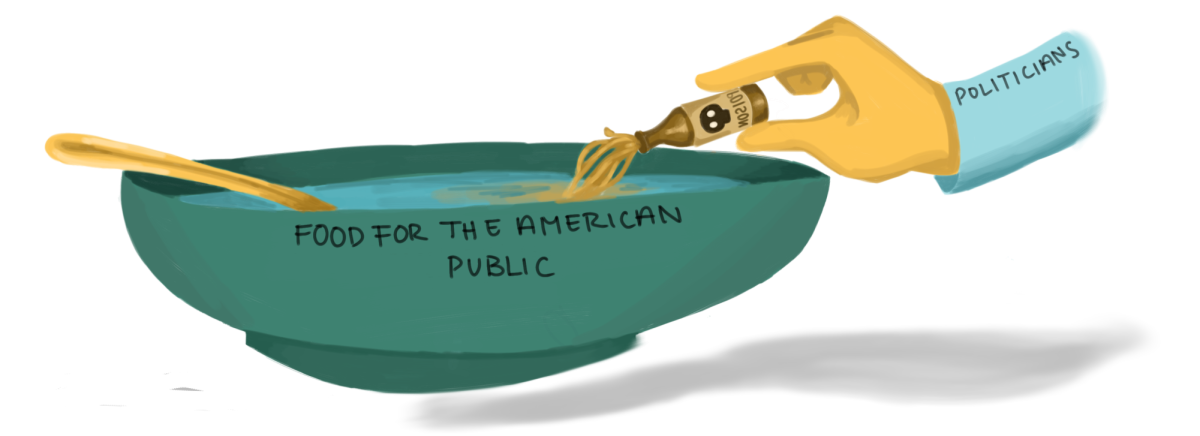The assassination of right-wing influencer Charlie Kirk in Utah this September cast angry clouds across the political spectrum. Conservatives blamed liberals. Liberals blamed guns. Comedians were suspended for their comments, teachers fired for their posts.
The chasms between the American people splinter ever further.
It’s no secret that American politics have grown dangerously bitter over the past few decades. Polls from the Pew Research Center, for instance, show that when asked to choose one word to describe American politics, 80% of Americans chose a negative word, with only 2% responding positively. A different poll from the same source shows that only 8% of Republicans and 6% of Democrats held positive views of the opposing party’s candidate in 2024 — the lowest numbers recorded since polling started in 1988.
Despite these divisions, however, Americans do tend to agree on a few things. Most Americans, for example, will agree that violence is bad. Most Americans will agree that whatever they may have thought of Charlie Kirk, his killing was deeply immoral and at best foreboding. Most Americans, regardless of their stripes, will agree that something here desperately needs to be fixed.
But how do you ‘fix’ polarization, and where does it even come from?
As partisan hatred in America has increasingly spiraled out of control, these questions have become an urgent priority among top political thinkers. Newspapers such as The Washington Post and The New York Times have published countless articles exploring the “gender gap” and ethnic tensions. Others blame social media, higher education and everything in between for the widening gaps from street to street and state to state. While these are all great points, the root causes of America’s political issues run far deeper.
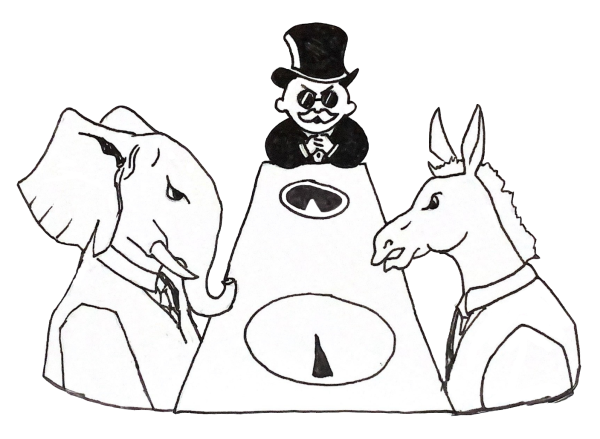
Think about it this way: in a society where things are taken care of, the system is run truthfully and people have hope in the future, extremist ideologies would be powerless. They wouldn’t need to exist.
In a society, however, where 54% of adults read below a sixth-grade level, where it is harder than ever for young people to pay for college or buy a home, all while the government spends more money on the Israeli military than it does on our own 30,000 homeless veterans, ordinary people are forced to the extremes.
When there is no light, people will reach out in the darkness, and their fingers will close around whatever they can find — or around whatever finds them.
Division in America has to be seen as an issue that flows from the top-down, not just left-to-right. Polarization — the fury, the mistrust, the desperation — has to be seen as a result of societal issues, not just a cause. Now more than ever, we need to break that cycle. Now, more than ever before, the American people need to realize that they have bigger problems than their own — and bigger enemies than each other.
Now, more than ever, we need to turn on the lights.

